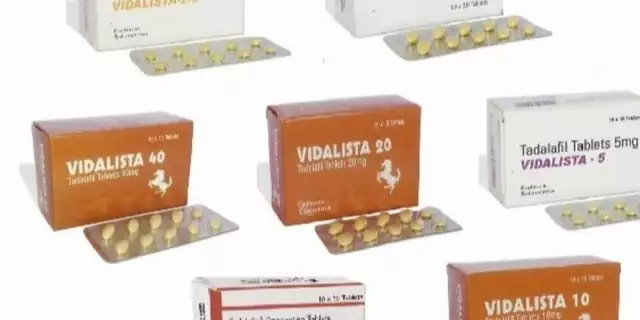Hidradenitis Suppurativa: Painful Nodules and Biologic Therapy Explained
December 20 2025GLP-1 Alternatives: Practical Options for Weight Loss and Blood Sugar Control
Not everyone can or wants to use GLP-1 drugs like semaglutide or liraglutide. If you need other ways to lose weight or control blood sugar, several safe alternatives exist. Some are prescription medicines with proven benefits. Others are procedures or lifestyle programs that deliver meaningful change when done consistently. This guide lists realistic options, how they work, likely results, and practical questions to ask your clinician.
Medications that help with weight or glucose control include metformin, which lowers glucose production and often helps people lose a few kilos while improving insulin sensitivity.
SGLT2 inhibitors such as empagliflozin and dapagliflozin lower blood sugar by increasing glucose loss in urine and can cause modest weight loss and heart protection in selected patients. DPP-4 inhibitors like sitagliptin are weight neutral but well tolerated and useful when hypoglycemia risk must be low. For focused weight loss, drugs like orlistat reduce fat absorption and can help people lose several percent of body weight if paired with diet changes. The phentermine-topiramate combination and bupropion-naltrexone are two other prescription options that reduce appetite and cravings and can produce larger weight losses than older drugs. Insulin therapy remains essential for many people with advanced diabetes; discuss strategies with your provider to reduce weight gain, such as adjusting doses and combining with other agents.
Non-drug approaches matter.
A sustainable calorie plan combined with resistance training improves body composition and metabolic health more than dieting alone. Behavioral programs and regular coaching increase adherence and outcomes; group or digital programs often offer accountability. For people with high BMI or severe metabolic disease, bariatric surgery such as sleeve gastrectomy or gastric bypass is a durable option that often reverses diabetes. Less invasive procedures like endoscopic balloons give intermediate results and shorter recovery times. Every procedure requires lifelong follow-up and nutritional attention.
Practical tips: review benefits and risks with your clinician, and be honest about cost and lifestyle constraints. Ask about side effects, needed monitoring, and how a new therapy interacts with current medications. Beware of unproven supplements marketed as natural GLP-1 alternatives; many lack quality data and can cause harm. If cost or access is the problem, ask about generic drugs, manufacturer assistance programs, or referral to a weight management clinic.
Track simple metrics at home: weight, fasting glucose, blood pressure, and a food activity log. Small measurable wins in four to twelve weeks help determine if a treatment is working. Alternatives to GLP-1 exist and can work well when matched to your goals, health profile, and willingness to change. Talk with your care team, set clear short-term targets, and pick a plan you can follow.
If you try a new treatment, keep open notes on side effects, mood, energy, and appetite. Share these at visits. Ask for lab checks at three months or sooner if symptoms appear. If weight stalls, ask about adjusting dose, switching therapy, or adding structured nutrition counseling. Small consistent steps add up over time; keep going.
 18 Apr
18 Apr
Semaglutide Alternatives: 9 Options You Can Actually Try
Curious about options other than Semaglutide? This article breaks down nine real alternatives, how they actually work, and what you need to watch out for. No complicated jargon, just straight-to-the-point pros and cons. You’ll get practical facts, see how these choices compare, and spot myths you can safely ignore. Use this as your playbook if you want a clear-eyed look at what’s out there, so you can talk to your doctor without feeling lost.
Read More...




